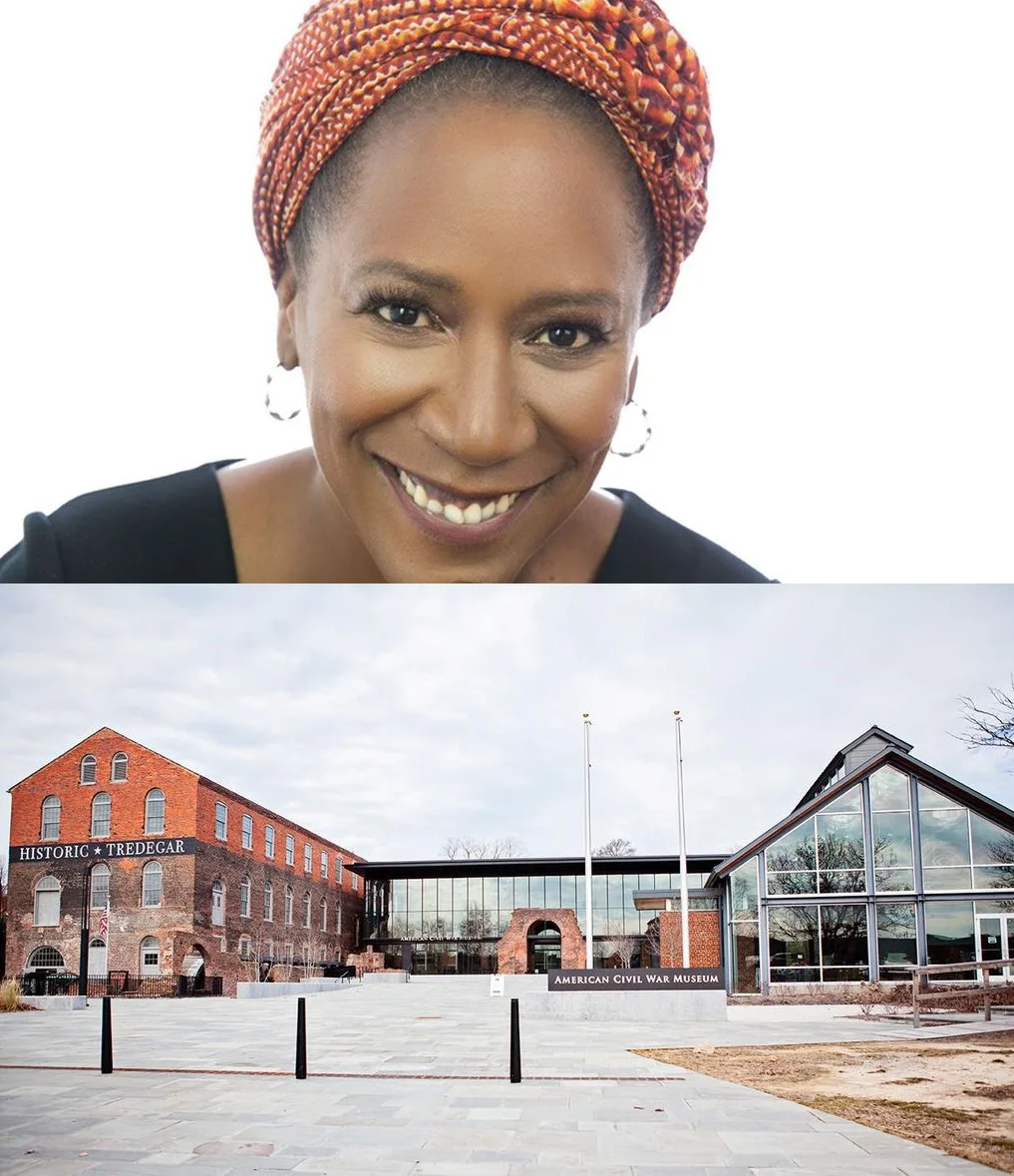A New Civil War Museum Speaks Truths in the Former Capital of the Confederacy
At the terminus of five railroads, Richmond, Virginia was more than just the nominal capital of the Confederate States of America. The city’s factories supplied the Confederacy with food, munitions, and cannons. After the war, its historians, writers, and sculptors manufactured “heroes” of the Confederacy as men who treated enslaved people with paternalistic affection, fighting for just causes and states’ rights.
Richmond, once the second-largest market for enslaved people and the capital of a state where more than half of all Civil War battles were fought, would, in peacetime, metamorphose into the site of a prolonged, contested engagement for the very memory of the war. The myths garlanding Confederate figures like Jefferson Davis and Robert E. Lee, who made Richmond their home for relatively brief spells of time, have long outshone the stories of generations of Richmonders who have lived in the contradictions of the city of the Lost Cause.
It’s with some fitting justice, then, that a museum opening this weekend in what was once the industrial heart of Richmond sits at the center of the nation’s modern-day struggles to understand the impact and devastation wrought by the Civil War.
























